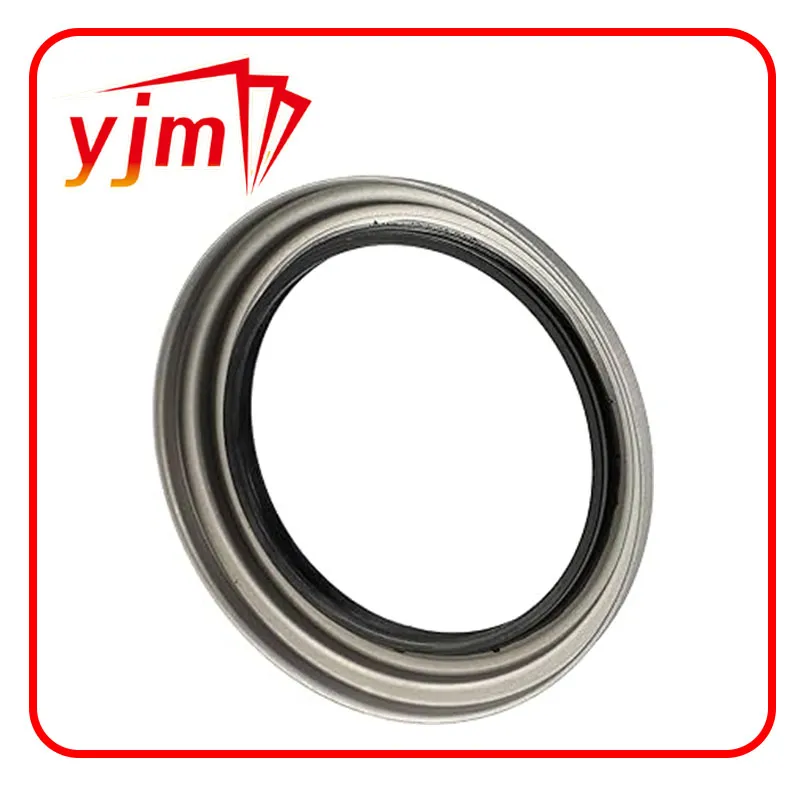automatic transmission extension housing seal
Understanding Automatic Transmission Extension Housing Seals
The automatic transmission is a vital component in modern vehicles, allowing for smoother gear changes and improved driving comfort. One of the crucial components within this system is the extension housing seal. While often overlooked, this component plays a significant role in the overall performance and durability of the transmission, making it essential for vehicle owners to understand its function and maintenance.
What is an Extension Housing Seal?
The extension housing seal is located at the rear of the transmission assembly, situated between the transmission case and the tail shaft. Its primary role is to prevent transmission fluid from leaking out of the housing and to keep dirt, debris, and contaminants from entering the transmission system. Made from materials such as rubber or silicone, these seals must withstand high pressures and varying temperatures, making material selection and design critical for performance.
Importance of the Extension Housing Seal
1. Fluid Retention As the transmission operates, it generates heat and pressure. The extension housing seal ensures that transmission fluid remains contained within the system. This fluid is necessary for lubrication, cooling, and hydraulic operation, so any leaks can lead to insufficient fluid levels, risking transmission failure.
2. Contaminant Prevention The seal protects the internal components of the transmission from external pollutants. If dirt or debris enters the transmission, it can cause premature wear of gears and bearings, leading to costly repairs or even total transmission failure.
3. Performance Efficiency A properly functioning extension housing seal contributes to the overall efficiency of the transmission. Leaks can lead to low fluid levels, which may cause slippage or erratic shifting. Maintaining a good seal ensures that the transmission operates optimally.
Common Problems with Extension Housing Seals
Over time, extension housing seals can wear out or become damaged due to various factors, including
automatic transmission extension housing seal

- Heat and Age As a vehicle ages, the materials in the seal can degrade from exposure to heat, oil, and environmental factors, leading to leaks. - Improper Installation If the seal is not installed correctly, it may not create a proper seal, resulting in fluid leaks. This can occur if the mounting surfaces are not clean or if the seal is twisted during installation. - Wear from Vibration The constant vibrations from the engine and transmission can lead to a breakdown of the seal material over time.
Signs of a Failing Extension Housing Seal
Vehicle owners should be vigilant for signs that their extension housing seal may be failing. Common symptoms include
- Transmission Fluid Leaks Puddles or spots of red or brown fluid beneath the vehicle can indicate a leak from the extension housing seal. - Dirty Transmission Fluid Contaminants in the transmission fluid may suggest that dirt has entered through a compromised seal. - Shift Issues Difficulty in shifting gears or unusual noises coming from the transmission can signify fluid issues related to a faulty seal.
Maintenance and Replacement
Regular inspection and maintenance of the transmission can help ensure that the extension housing seal functions correctly. If a leak is detected, it is crucial to address it immediately. Ignoring the problem can lead to more serious transmission issues and costly repairs.
When replacing an extension housing seal, it is advisable to use high-quality parts that meet OEM specifications. Proper installation techniques should also be employed to ensure a good seal and prevent future leaks.
Conclusion
The extension housing seal may seem like a minor component, but its role in the functioning of an automatic transmission is critical. By understanding its importance and keeping an eye out for potential issues, vehicle owners can protect their investments and ensure their cars continue to run smoothly for years to come. Regular maintenance and timely repairs are key to avoiding more significant problems down the line and enjoying the full benefits of an automatic transmission system.
-
Simplifying Oil Changes: A Comprehensive Guide to Oil Drain Plugs and Their Variants
News Aug.04,2025
-
Mastering Oil Drain Maintenance: Solutions for Stripped, Worn, and Upgraded Oil Plugs
News Aug.04,2025
-
Fixing Oil Pan Plug Issues: Leaks, Stripped Nuts, and the Right Replacement Solutions
News Aug.04,2025
-
Everything You Need to Know About Oil Drain Plugs: Sizes, Fixes, and Upgrades
News Aug.04,2025
-
Choosing the Right Oil Drain Plug: A Guide to Sizes, Materials, and Drain Innovations
News Aug.04,2025
-
A Complete Guide to Automotive Drain Plugs: Types, Problems, and Innovative Solutions
News Aug.04,2025
-
The Ultimate Guide to Car Repair Kits: Tools and Essentials Every Driver Should Own
News Aug.01,2025
Products categories















